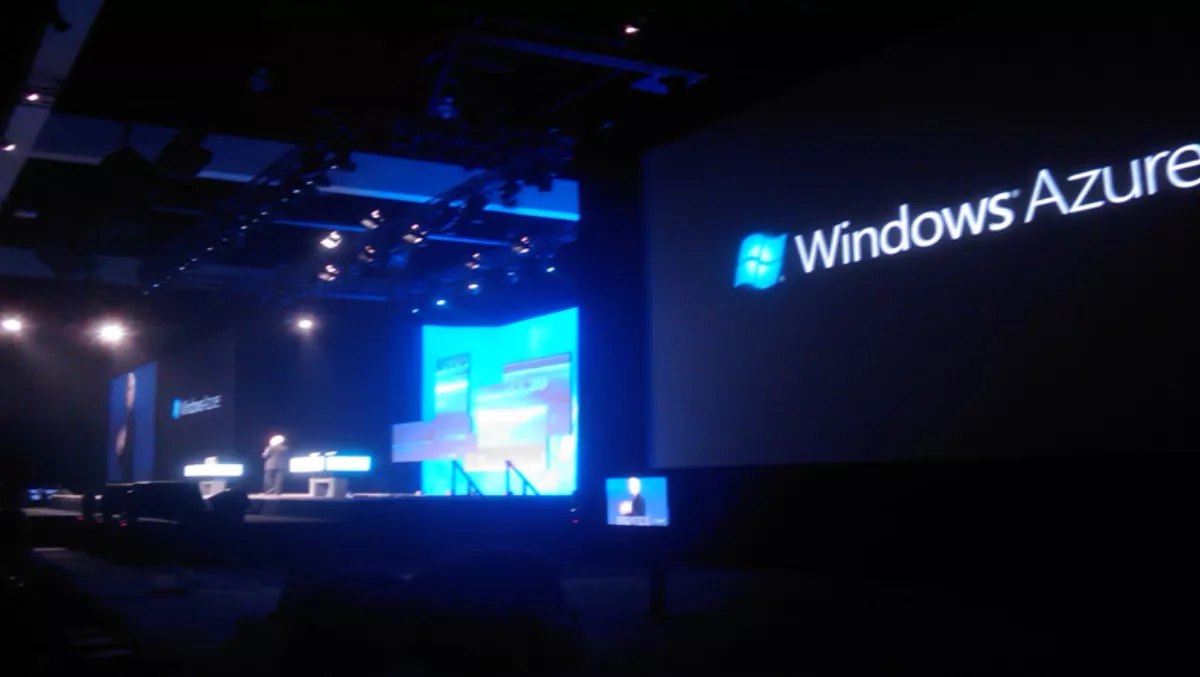
Microsoft sure, of rebranding Azure…
Built on the pillars of openness and flexibility, how fitting that Windows Azure will be renamed Microsoft Azure, beginning April 3.
A change reflecting Microsoft’s strategy and focus on Azure as the public cloud platform for customers, the rebrand highlights the widening breadth of the service across the market.
“Our commitment to deliver an enterprise-grade cloud platform for the world’s applications is greater than ever,” wrote Steven Martin, General Manager, Windows Azure, on the company’s official blog.
The software giant currently supports one of the broadest set of operating systems, languages, and services of any public cloud-from Windows, SQL and .NET to Python, Ruby, Node.js, Java, Hadoop, Linux, and Oracle.
As a result, Martin wrote that in today’s mobile-first, cloud-first, data-powered world, customers want a public cloud platform that supports their needs - whatever they may be.
“And that public cloud is Microsoft Azure,” Martin wrote.
Closer to home in New Zealand, Microsoft has seen considerable growth of Windows Azure, kickstarted originally by startups and Independent Software Vendors (ISVs) before considerable growth within the enterprise space also.
Echoing Martin’s comments, Bradley Borrows, Windows Azure and Server Business Group Lead, Microsoft New Zealand, believes the brand change helps emphasise the open and flexible nature of the service.
“The brand change reflects our strategy and focus on Microsoft Azure as the public cloud platform for all of Microsoft’s customers as well as Microsoft’s own business and consumer cloud services,” says Borrows, a cloud and server specialist at the company.
Borrows adds that the brand change does not map to any specific announcement related to the Azure Roadmap, but aligns more with Microsoft’s product vision and momentum, such as “the continued broadening of Azure offerings to support the broadest set of industry standard technologies.”

